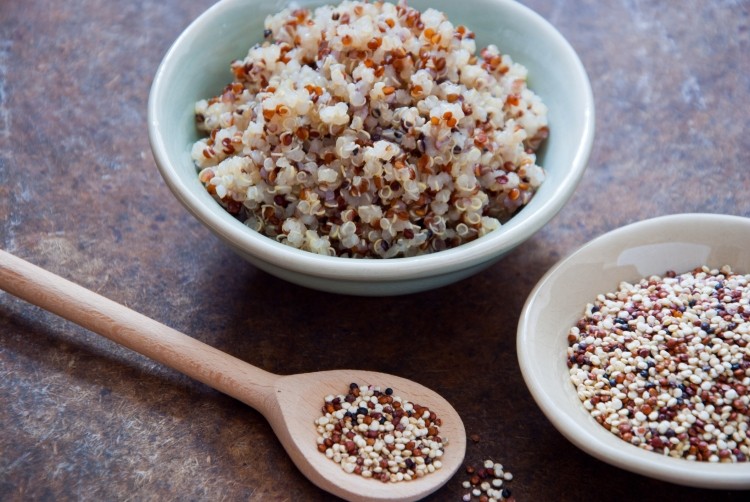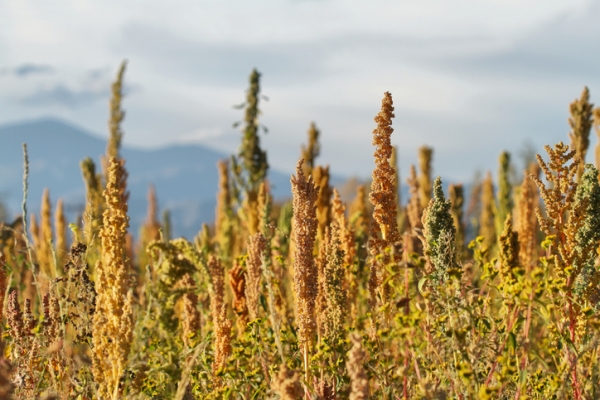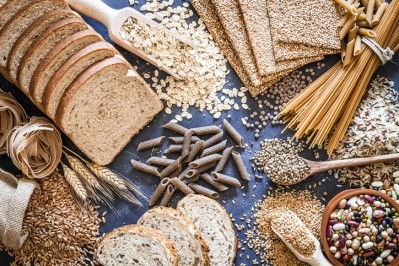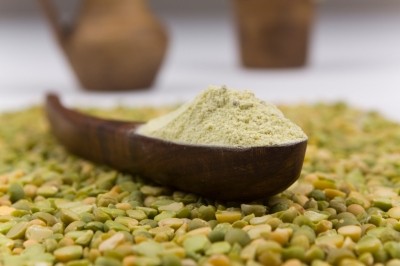Sprouted quinoa flour boosts taste, texture and nutrients of gluten-free baking

The scientists from the National University of Córdoba investigated the effect of using 30% whole or 30% malted (sprouted) quinoa flour on the physical, nutritional and sensory characteristics of gluten‐free muffins compared to 100% rice flour muffins.
As well as improving the nutritional quality – the quinoa muffins had up to 18% more protein, up to 18% more minerals and 25% more amino acids than the rice flour muffins – the quinoa muffins had a better texture.
“Malted quinoa flours had a positive impact on nutritional quality, baking associated weight loss, crust, and crumb color, and elasticity of the muffins,” they write in the Journal of Food Science. “These new products not only widen food variety for people with celiac disease but also increase the added value of quinoa grains, which motivates its production and industrialization.”
What are sprouted grains?
Malting (also known as sprouting) is the process of soaking grains to kick-start germination. When grains begin to germinate, certain enzymes are activated, breaking down starches, lipids and proteins and increasing the bioavailability of nutrients.
The germination process is then halted by drying and heating the grains, which also creates “pleasant flavors and aromas, both highly attractive in subsequent food processing” according to the authors of this study.
US-based Whole Grain Council says that sprouting increases many of the grains’ key nutrients, including B vitamins, vitamin C, folate, fiber, and essential amino acids often lacking in grains, such as lysine.
The non-profit cereal research organization, AACC International, gives this definition of sprouted grains: "Malted or sprouted grains containing all of the original bran, germ, and endosperm shall be considered whole grains as long as sprout growth does not exceed kernel length and nutrient values have not diminished. These grains should be labeled as malted or sprouted whole grain."
The gluten-free market has seen an unprecedented boom in recent years, with manufacturers making huge improvements in the taste and texture of gluten-free baked goods thanks to the use of additives.
However, lengthy ingredient lists have come under scrutiny, dimming gluten-free products' health halo. Sprouted quinoa flour may, therefore, offer a healthy, wholegrain way to clean up cluttered labels.
According to the authors of this study, conventional gluten-free products also tend to be nutrient-poor. “The nutritional quality [of gluten-free flours] is often deficient due to the use of starches and refined flours, which provide high energy density and low nutritional value."
The experiment
Using flour made from quinoa grown in the Salta province in northern Argentina and a commercially available rice flour bought from Buenos Aires-headquartered Melar, the researchers baked muffins and analyzed their technical and sensory properties.
One hundred untrained sensory panelists (men and women aged between 18 and 81) tested the muffins at the ICTA Sensory Analysis Laboratory, rating each muffin on attributes such as color, smell, taste, and texture using a five‐point hedonic scale.
The researchers also tested for physical and textural characteristics, such as baking weight loss, volume, crumb texture and structure, crust and crumb color with analytical tools including laser scanners for 3D image capture and spectrophotometers.
“Partial substitution of rice flour by both whole and malted quinoa flours resulted on higher protein (12% to 18%) and total mineral (8% to 18%) contents. This is particularly interesting considering that gluten‐free diets are poor in these nutrients,” they write.
“[The malted quinoa] formulation was remarkable for having a soft sweet flavor with a moist texture, which can be attributed to how germination influences the sensory properties. In this aspect, it is worthy of mention that malting must be carefully controlled in order to avoid an excessive sprouting that can cause off‐flavors.”
Both whole and malted quinoa resulted in a more elastic crumb, write the researchers - a desirable quality in bakery products. Elasticity is usually linked to freshness and softness and is often missing in gluten-free products.
The researchers did note, however, that malted quinoa flour had a negative impact on certain parameters such as firmness and crumb structure.
The other muffin ingredients were water, sugar, corn oil, egg, milk, baking powder, salt and vanilla extract.
Source: Journal of Food Science
“Effects of Whole and Malted Quinoa Flour Addition on Gluten‐Free Muffins Quality”
First published: 19 December 2018, doi.org/10.1111/1750-3841.14413
Authors: Patricia P. Miranda‐Villa, Jesica R. Mufari, Antonella E. Bergesse, and Edgardo L. Calandri












